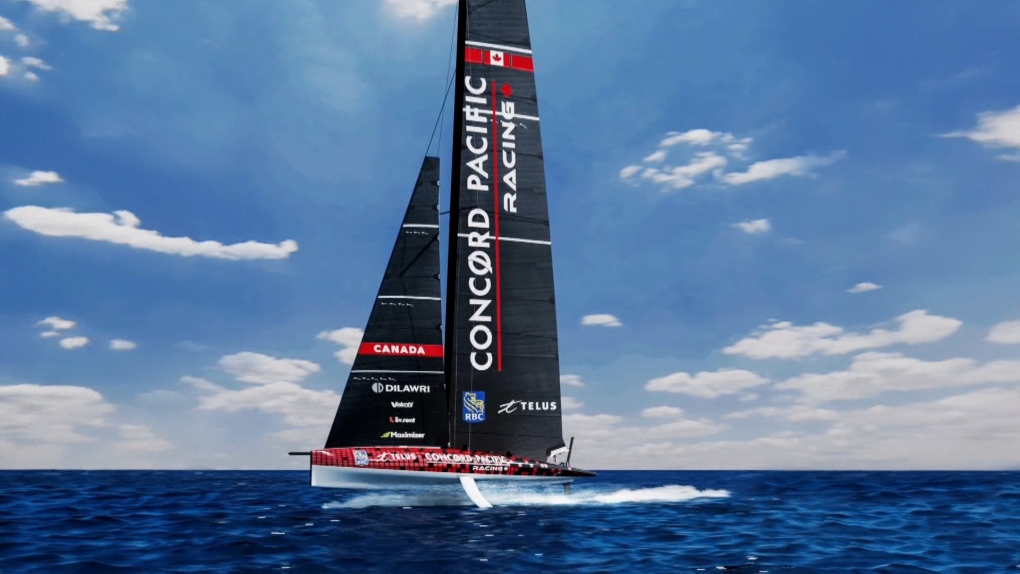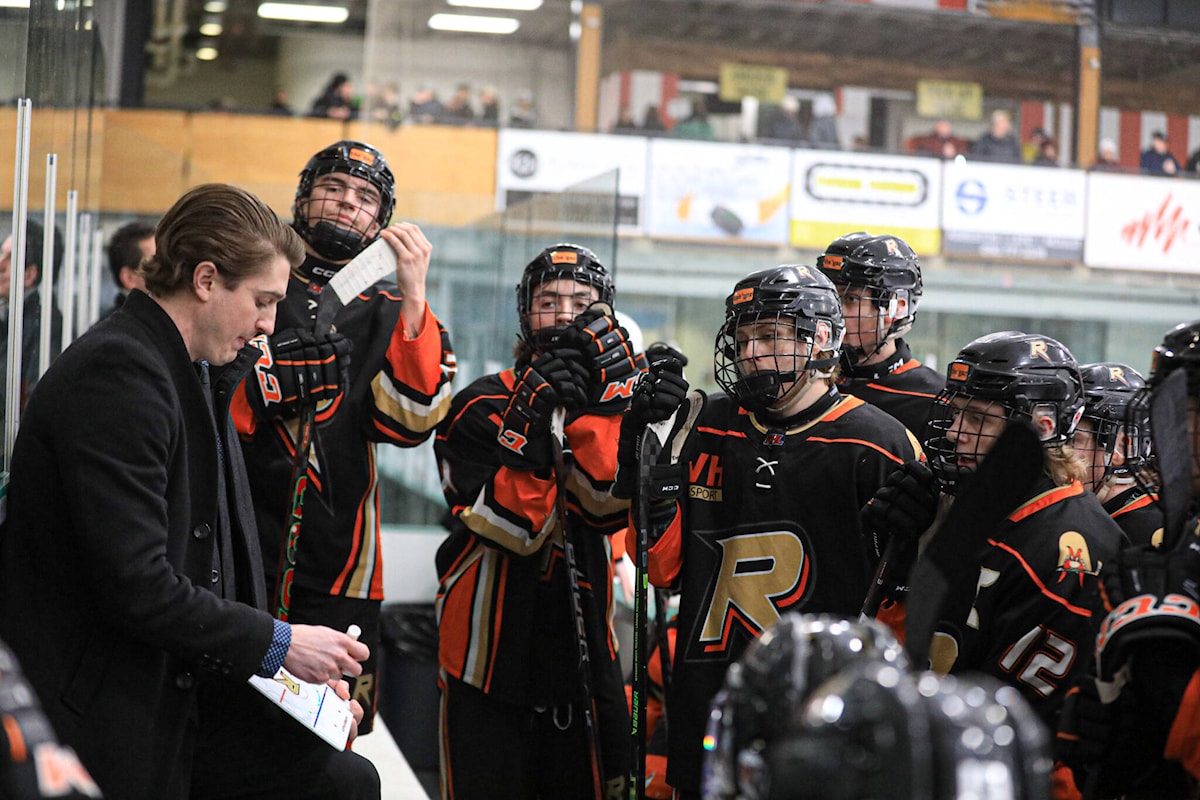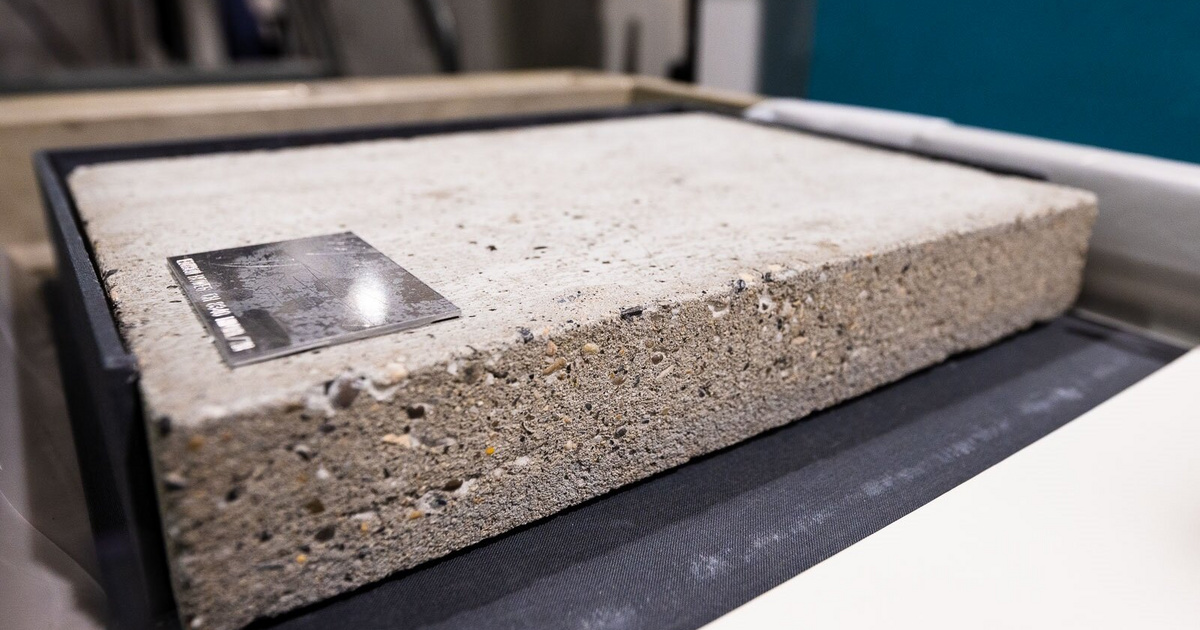Six years ago, Kristi Meiring, professor of art history at the University of Chicago, organized an exhibition on the work of German plastic artist Wolf Vostell and the flow movement. The university bought the artist for the exhibition Concrete Book No. 83 The title of his creation. Since then, Patti Gibbons, the group’s director of collections, has been excited about what they bought.
Fostel was one of the defining figures of modern art, and a pioneer in installation, performance, and video art. His favorite technique was taking pictures apart. In the early 1970s, when concrete was considered only as a building material, concrete was first used to create works of art. In 1971, he published a booklet on his work Betonierungen (concrete) and pouring a hundred of them into concrete slabs.
I’ve always been fascinated by the mystery of what’s out there. I always thought it would be nice to look into it
Gibbons admitted.
Maria Kokuri, a researcher at the Art Institute of Chicago, one of the world’s largest museums, always takes the concrete book with her into the room when she learns what made Fostel’s work a turning point. Gibbons, who hoards the concrete block in the university library, will be happy if the book is found, while Kokori, who teaches art history, will find it more exciting if the concrete is empty. The two decided to get to the heart of the matter.
Experts first tried using ultrasound and X-rays to look inside the five-centimeter-thick, 9-kilogram concrete block, but they only saw the metal wire used to reinforce the concrete, not a book.
The pair then turned to Argonne National Laboratory, run by the University of Chicago and the US Department of Energy, where the Advanced Photon Source (APS), a high-energy X-ray laser, has been used to study various materials since the 1990s. .
First, we checked an original copy of the book to see what kind of material we were looking for
– John Okasinski, an employee at Argonne, explained that they could use X-ray diffraction to analyze the arrangement of atoms within a material, and thus recognize the presence of paper in concrete.
We have the artist’s permit, so there’s no reason to suspect anything out there, but we want scientific proof. This is an important message for students to question the reliability of their sources. It’s a great mental exercise to ask the question and then ask the question to him
Think Kokuri.
The final results of the examination together with X-ray images will be published later in a scientific journal.
(Cover Photo: (Jason Krebs/Argonne National Laboratory)








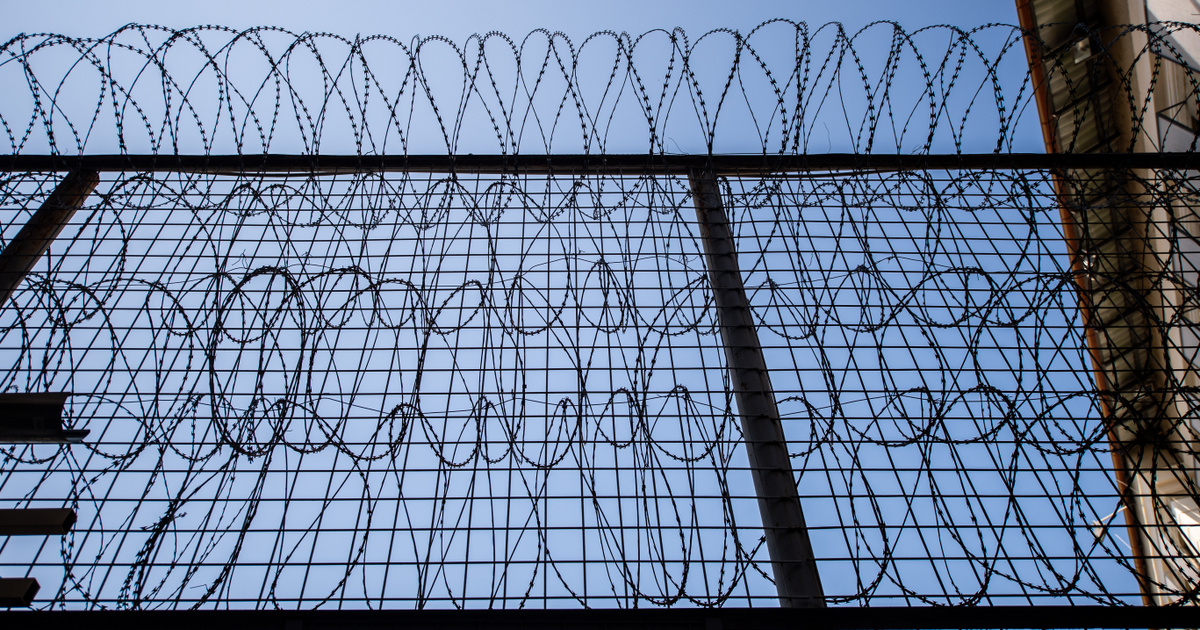


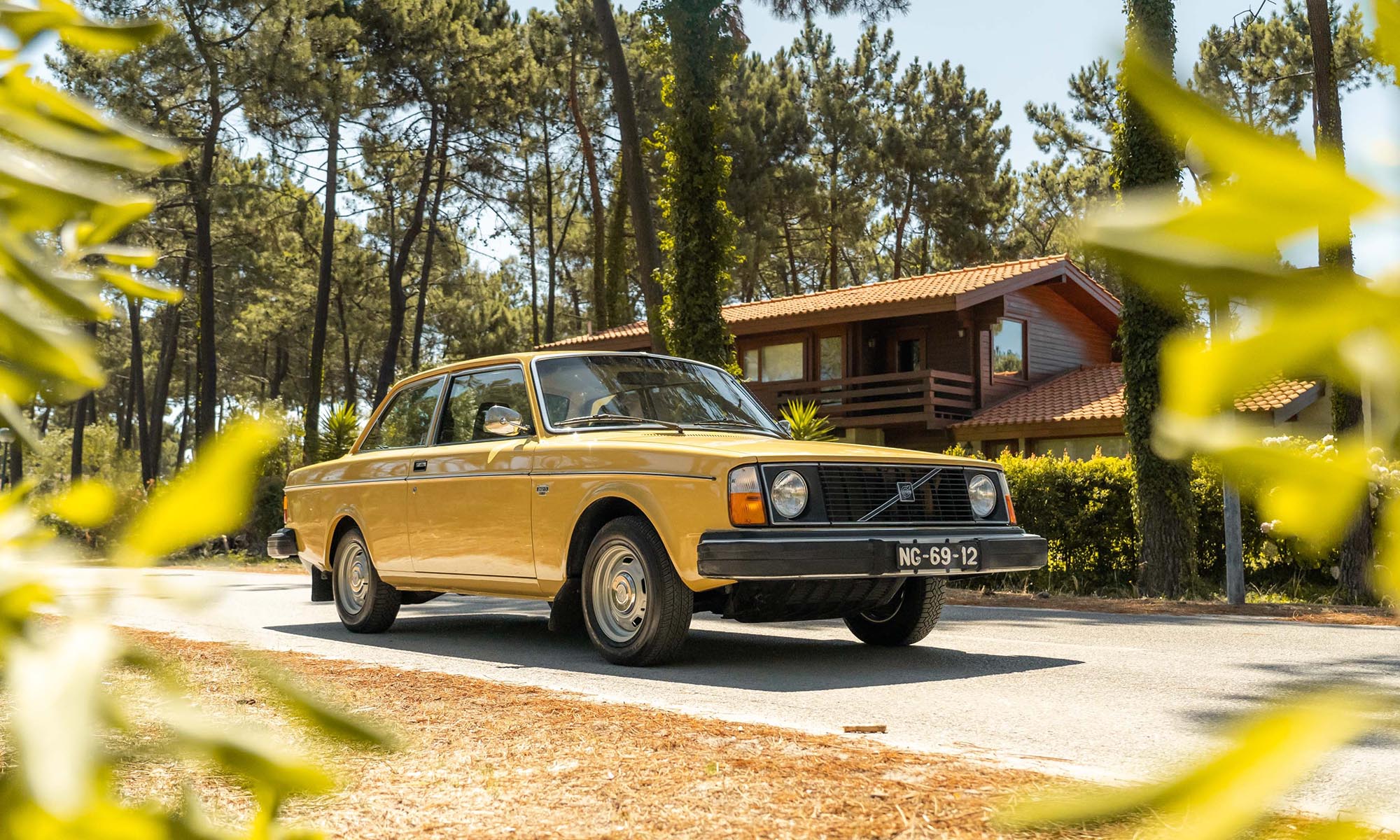


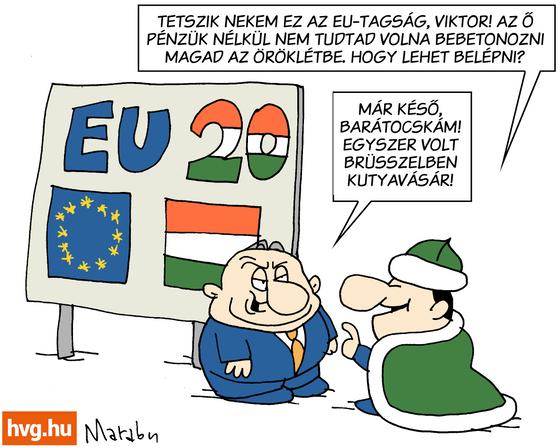
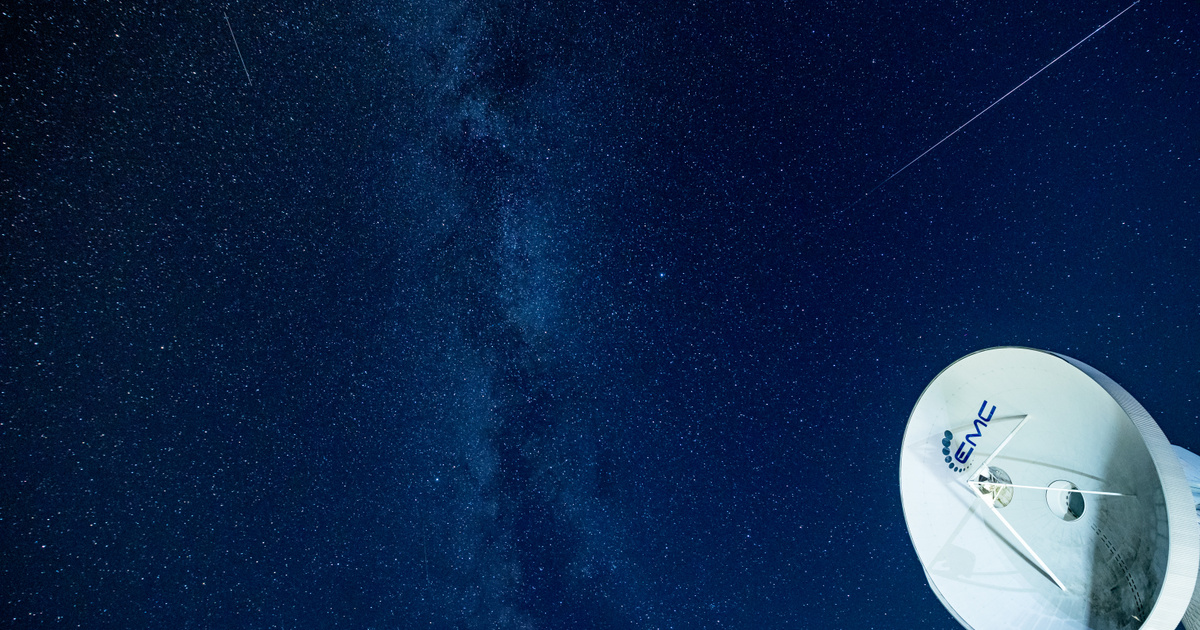
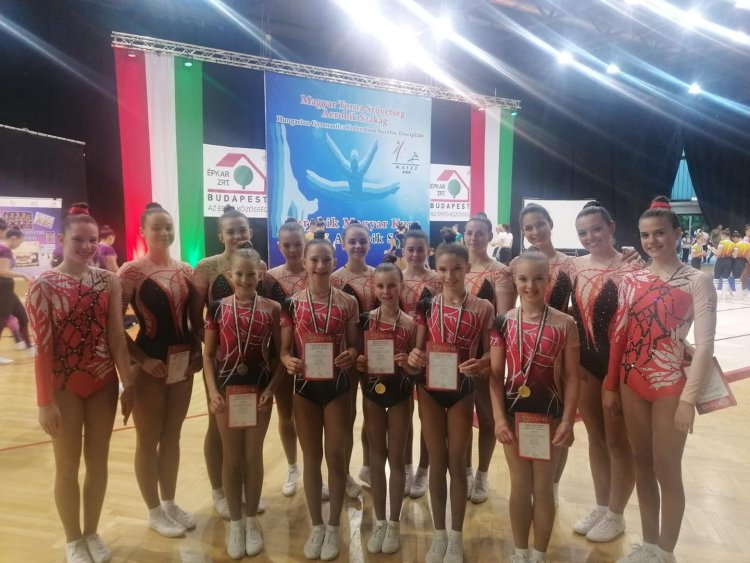


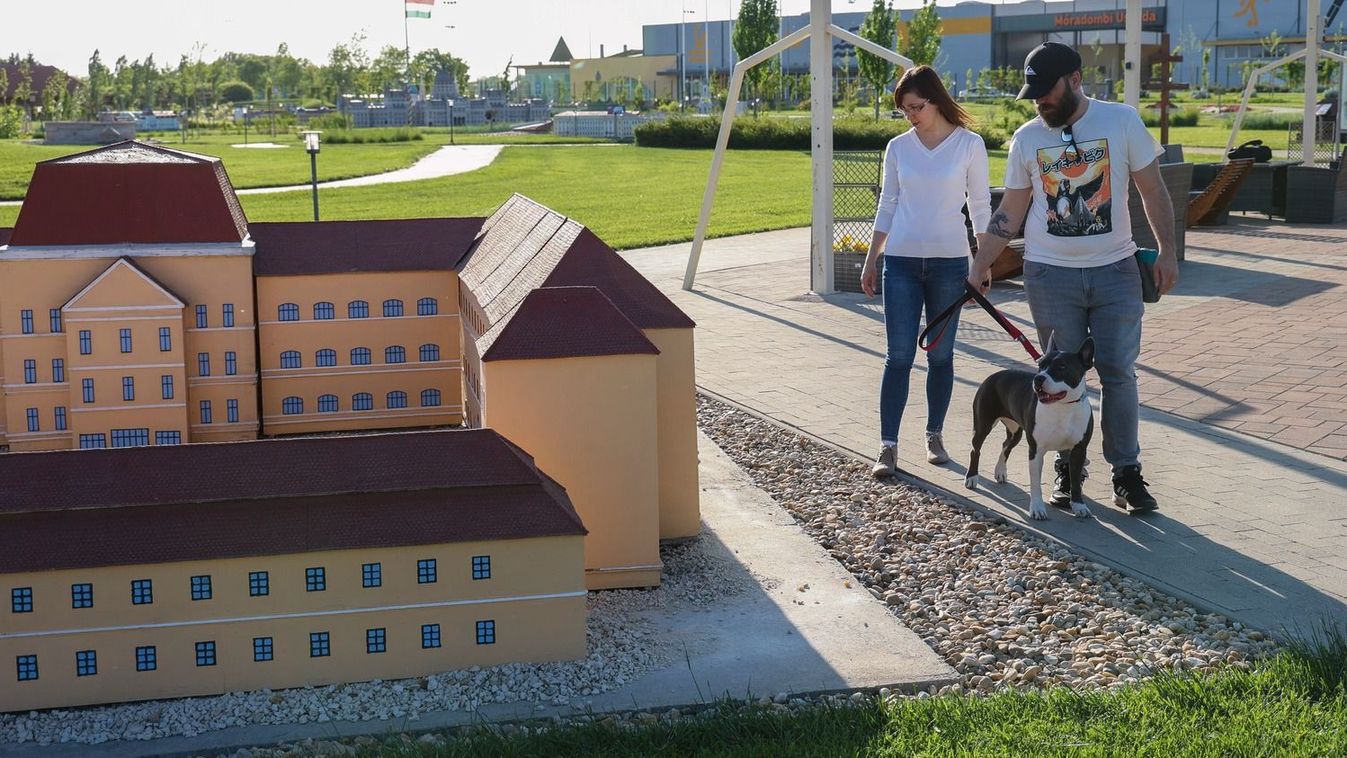
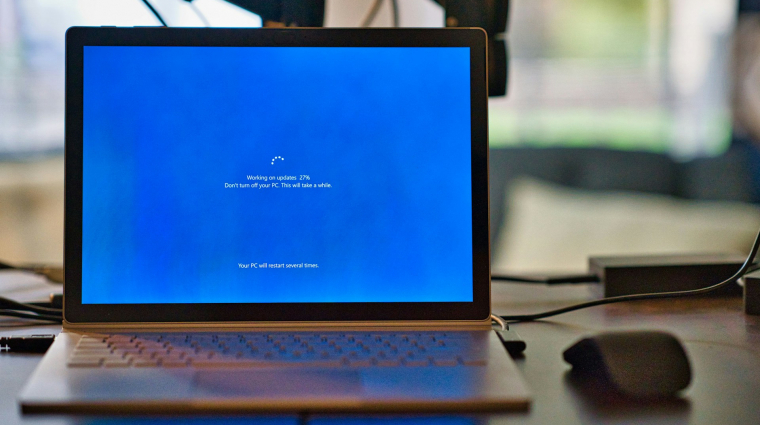
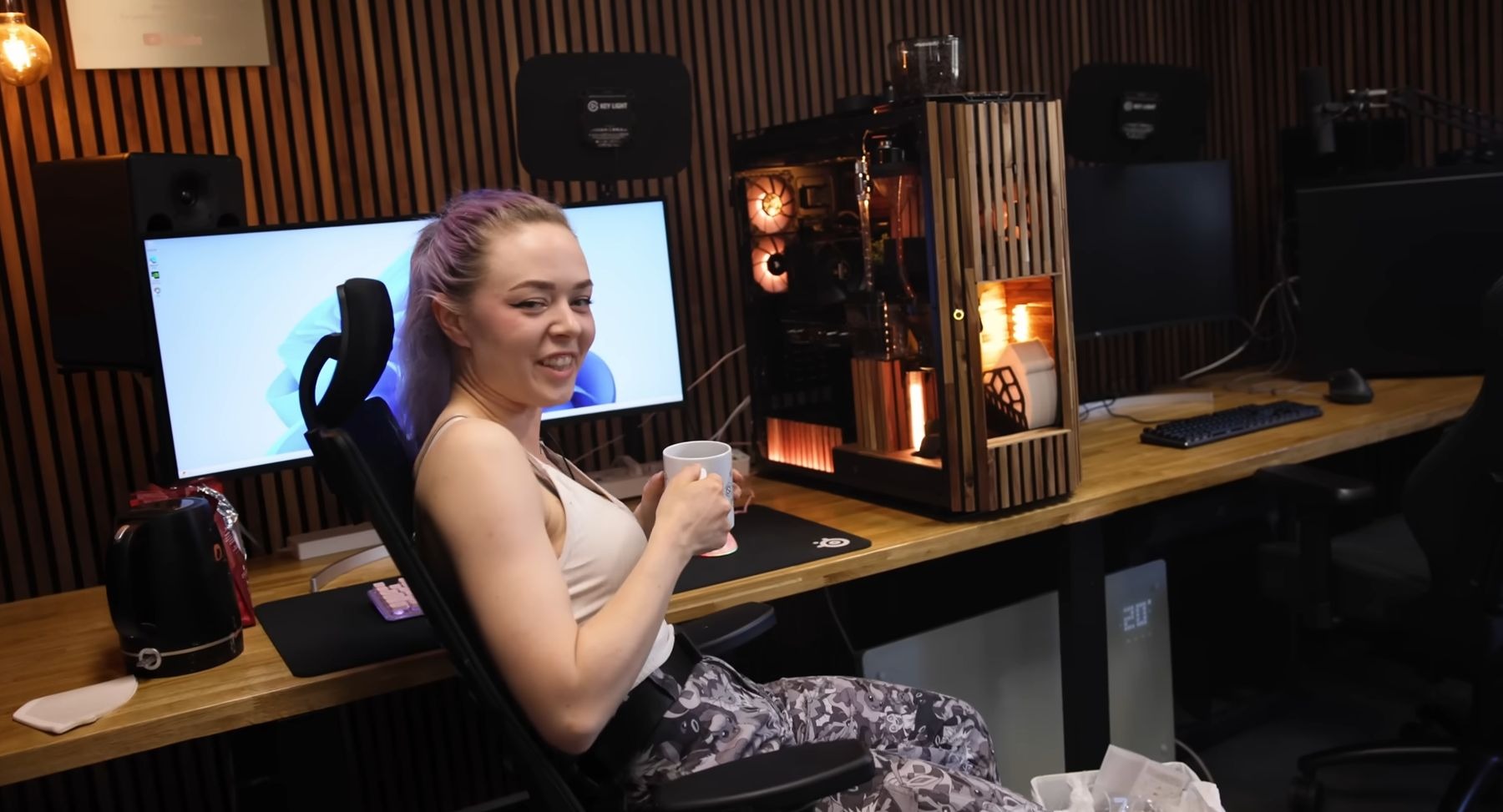
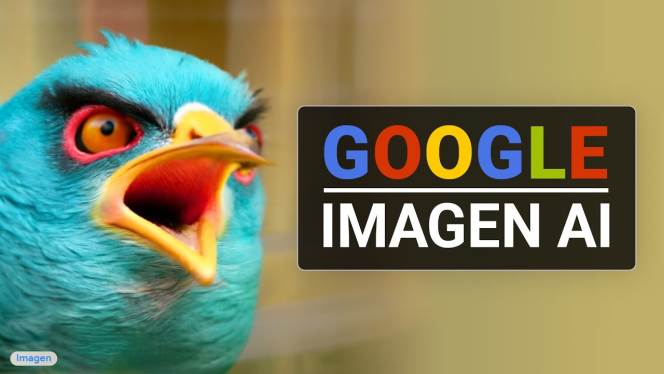

![Fera: The Sundered Tribes will also be released on consoles [VIDEO]](https://thegeek.hu/wp-content/uploads/sites/2/2024/05/thegeek-Fera-The-Sundered-Tribes-1.jpg)

